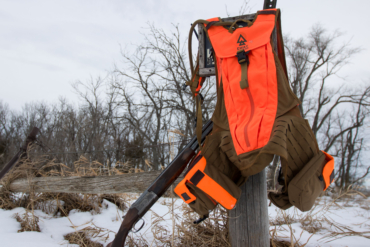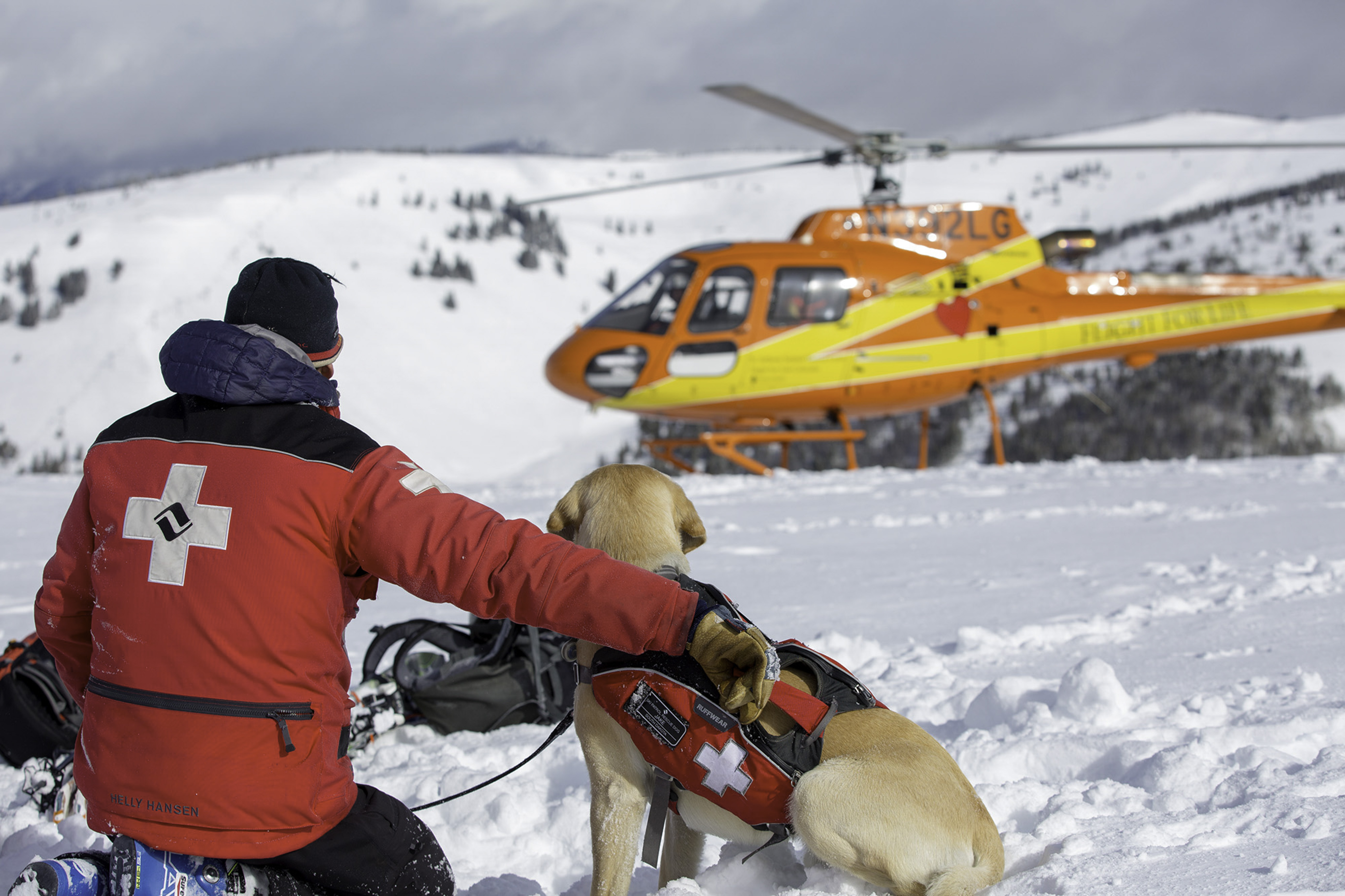By STEVEN THRENDYLE
News last week that National Geographic Adventure magazine was shutting its doors left me touching wood that I had just accepted a steady corporate job in the outdoor industry. But it also evoked some thoughts about the state of outdoor adventure journalism in the present ever-changing media world. This is truly the worst Christmas gift for the staff of NGA. I feel sorry for the staffers and freelancers affected by this closure — it has been a brutal year.
Alas, once a magazine starts cutting the number of issues it produces in a year, that’s pretty much the beginning of the death spiral. Being down 44 percent in ad revenue for one year, as was reported last week, is a lot of ad dollars down the drain in an industry where profit margins are sometimes slim.
I’ll be honest, though, while I really liked the idea of National Geographic Adventure magazine (NGA), I quite often found its execution left something to be desired. In fact, I believe what was wrong with NGA is what is wrong with magazine journalism at many levels.

NGA’s editor John Rasmus elevated “service journalism” to new heights in men’s magazines when he was at Wenner Media’s Men’s Journal. NGA, with its constant obsession of “to-visit lists,” grated on me. Unlike National Geographic, which was pretty much the antithesis of service journalism, NGA’s departments and story packaging often came off as looking a bit cheesy, I thought.
It was Rodale’s Men’s Health magazine that started the trend of giving men “tips” to improve their lives. Men’s Health was financially successful and tapped into a lot of non-endemic advertising markets for that reason. (Though note that 2009 also claimed “Men’s Health Best Life,” which was a more upscale, Gucci — or at least TAG Heuer — version of MH. Also of note is the death of Outside GO, a similarly-targeted magazine.)
A couple of years ago, when it came time to move my office, after a cursory glance of some back issues, I actually pitched all of my copies of NGA. Aside from the odd piece from Jim Gorman and David Roberts the “well” of the magazine –- where the feature stories are put — was pathetic. The super-high standards of National Geographic magazine, which is driven by outstanding photography, was generally absent in NGA.
As USA Today proves, service writing has an audience. But I’ve always believed that it’s a readership that is a continent wide and only an inch or two deep. I thought of NGA as a version of NG Traveler for the GORE–TEX set. Hence the plethora of short, bite-size stories. But if I — an outdoors writer and lifelong enthusiast — wasn’t going to shell out $5 at a newsstand for it, then who would?
continued on next page. . .






